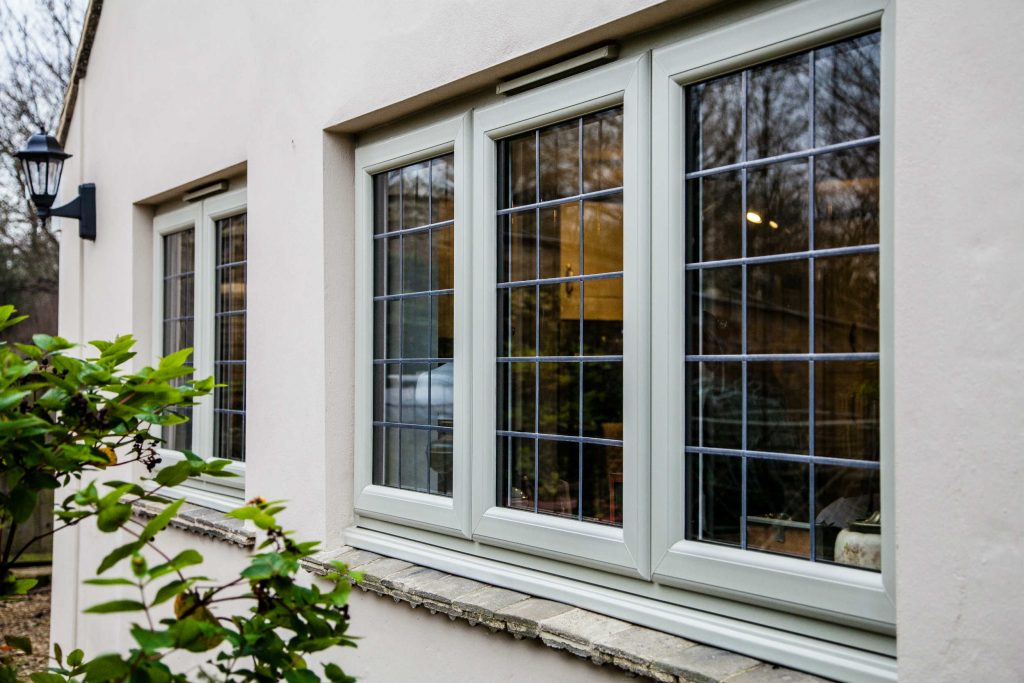All Categories
Featured
Table of Contents
What Is Double Glazing Windows And Doors? in Champion Western Australia
Glazing just indicates the windows in your house, including both openable and fixed windows, as well as doors with glass and skylights. Glazing really just suggests the glass part, but it is usually utilized to refer to all aspects of an assembly consisting of glass, films, frames and home furnishings. Focusing on all of these aspects will help you to accomplish efficient passive style.
Energy-efficient glazing makes your house more comfy and significantly reduces your energy costs. Inappropriate or improperly created glazing can be a major source of undesirable heat gain in summertime and significant heat loss and condensation in winter season. As much as 87% of a home's heating energy can be gained and as much as 40% lost through windows.
Double Glazed Windows – Their Amazing Benefits For ... in Bateman WA
Glazing is a substantial investment in the quality of your home. The expense of glazing and the expense of heating and cooling your house are closely associated. A preliminary investment in energy-efficient windows, skylights and doors can greatly decrease your yearly heating & cooling costs. Energy-efficient glazing also reduces the peak heating and cooling load, which can reduce the required size of an air-conditioning system by 30%, leading to more expense savings.

This tool compares window selections to a base level aluminium window with 3mm clear glass. Understanding a few of the key properties of glass will assist you to pick the finest glazing for your house. Key homes of glass Source: Adapted from the Australian Window Association The amount of light that travels through the glazing is referred to as noticeable light transmittance (VLT) or visible transmittance (VT).
Enjoy Your Summer More With Double Glazed Windows in Ashfield Perth
This may lead you to turn on lights, which will lead to greater energy costs. Conduction is how readily a material performs heat. This is called the U value. The U worth for windows (expressed as Uw), describes the conduction of the entire window (glass and frame together). The lower the U worth, the higher a window's resistance to heat circulation and the much better its insulating value.
For example, if your house has 70m2 of glazing with aluminium frames and clear glass with a U worth of 6. 2W/m2 C, on a winter's night when it is 15C chillier outside compared with inside, the heat loss through the windows would be: 6. 2 15 70 = 6510W That is equivalent to the total heat output of a large room gas heater or a 6.
What Are Double Glazed Windows? - Build in Champion WA

If you select a window with half the U value (3. 1W/m2 C) (for instance, double glazing with an argon-filled gap and less-conductive frames), you can cut in half the heat loss: 3. 1 15 70 = 3255W The solar heat gain coefficient (SHGC) for windows (revealed as SHGCw) determines how readily heat from direct sunlight streams through a whole window (glass and frame together).
The lower a window's SHGC, the less solar heat it transfers to the home interior. The actual SHGC for windows is impacted by the angle that solar radiation strikes the glass.
Upvc Double Glazed Windows Australia in Innaloo WA
When the sun is perpendicular (at 90) to the glass, it has an angle of occurrence of 0 and the window will experience the optimum possible solar heat gain. The SHGC declared by glazing manufacturers is constantly determined as having a 0 angle of occurrence. As the angle increases, more solar radiation is reflected, and less is sent.
Latest Posts
Home Window Glazing - Sustainability Victoria in Carmel WA
Windows Of Opportunity: Your Guide To High-performance ... in Kallaroo WA
Double Glazing Windows in Rockingham WA